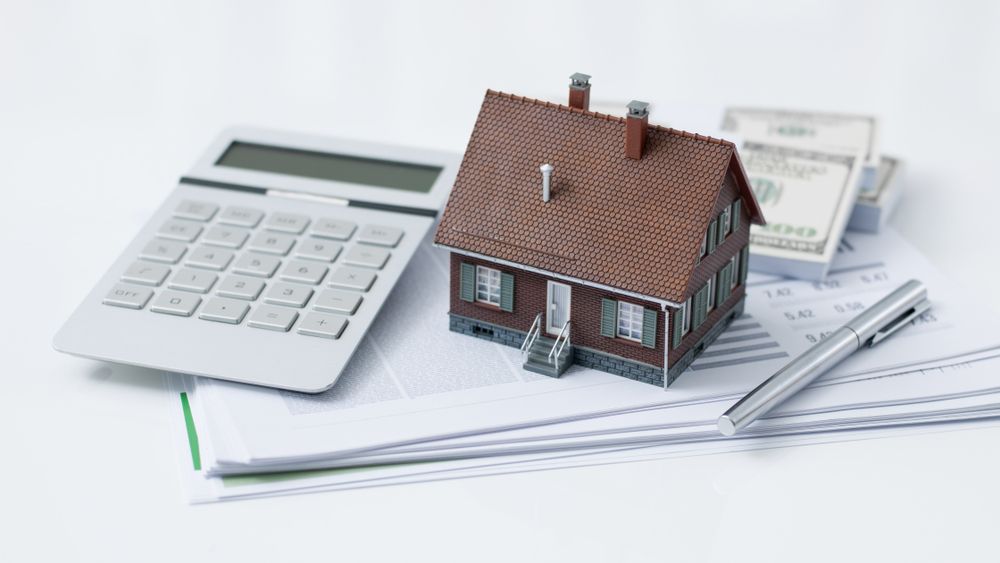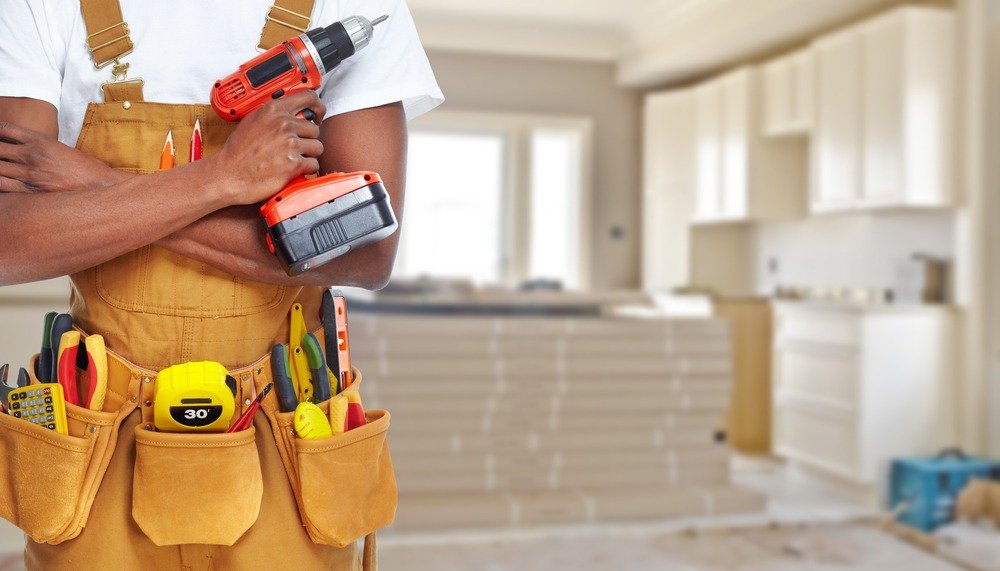What Types of Home Improvements Are Tax Deductible?

Now that it’s tax season, you may be eagerly looking for deductions you can apply to lower your tax bill or already brainstorming ways to save next year. There are many different deductions that apply to homeowners, especially homeowners who have invested in improving their home. What types of home improvements are tax deductible? Here’s what you need to know:
The Difference Between Home Improvements and Repairs
Before diving into how home improvements can affect your taxes, it’s important to understand the difference between improvements and repairs. A home improvement is any work that adds value to the home, no matter how little. For example, adding a swimming pool or switching to energy efficient appliances are both home improvements.
On the other hand, a home repair is any work that is done to fix or replace something that is broken. For instance, fixing a leaky faucet is a repair, not an improvement. Home improvements may reduce your taxes, whereas repairs will not.

How Home Improvements Affect Taxes
Homeowners cannot simply add up the cost of their home improvement projects and deduct this number from their taxes. Some energy efficiency upgrades are available for tax credits, but these are limited and change from year to year. There is a way to get tax deductions out of ALL your home improvement projects down the line, however: when you decide to sell your home.
After selling your home, you will need to calculate what is referred to as a tax basis. The tax basis is the value of your home at the time it was sold. To calculate the tax basis, you will need to take the home’s purchase price and subtract depreciation. Here’s where the home improvements come into play. If you’ve made improvements, you will need to factor these in as well since they add value to the home.
For example, let’s say you purchased a home several years ago for $200,000 and sold it for $250,000. Since you purchased the home, it has depreciated in value by $20,000. But, you have also made improvements to the home that cost $10,000. Therefore, the value of the home at the time it was sold was $190,000 (the original purchase price – depreciation + the value of improvements). This means when you sold your home for $250,000, you made a profit of $60,000, which could be taxed as a capital gain. If you did not add the cost of the improvements into this formula, your profit would have been $70,000 instead of $60,000, so you would have had to pay more in taxes for the sale of your home.
How to Track Home Improvement Expenses
Because the cost of home improvement projects cannot reduce your taxes until you sell your home, it’s important to keep track of these expenses over the years. Keep all receipts in one folder in your home or scan the receipts and upload them to your computer so everything is stored electronically. Be sure to track every home improvement expense, no matter how small. The small home improvement projects will add up over time and could significantly reduce your taxes when you’re ready to sell your home.
Completing home improvement projects will not only make your home more functional and comfortable, but it could also save you money in the future. Be sure to talk to your accountant about how to use your home improvement expenses to reduce your tax bill.


